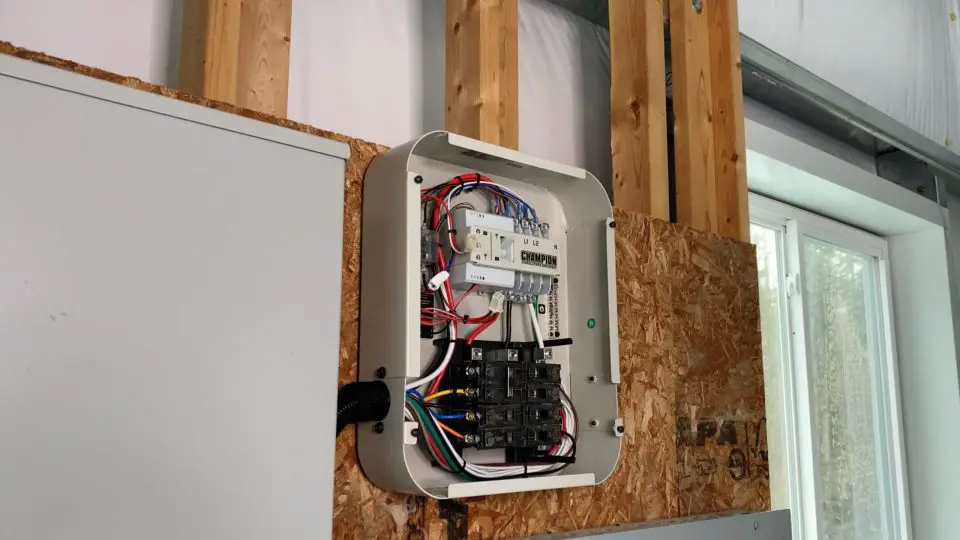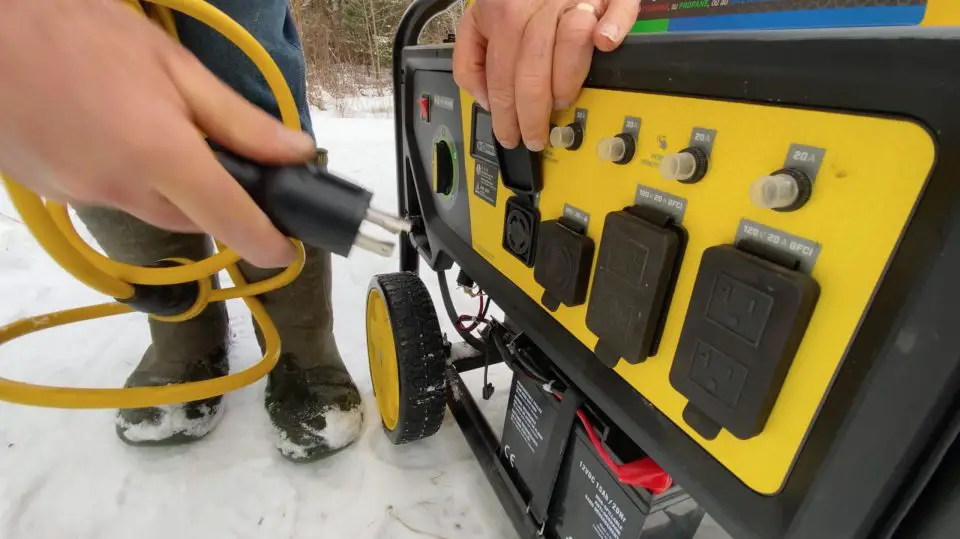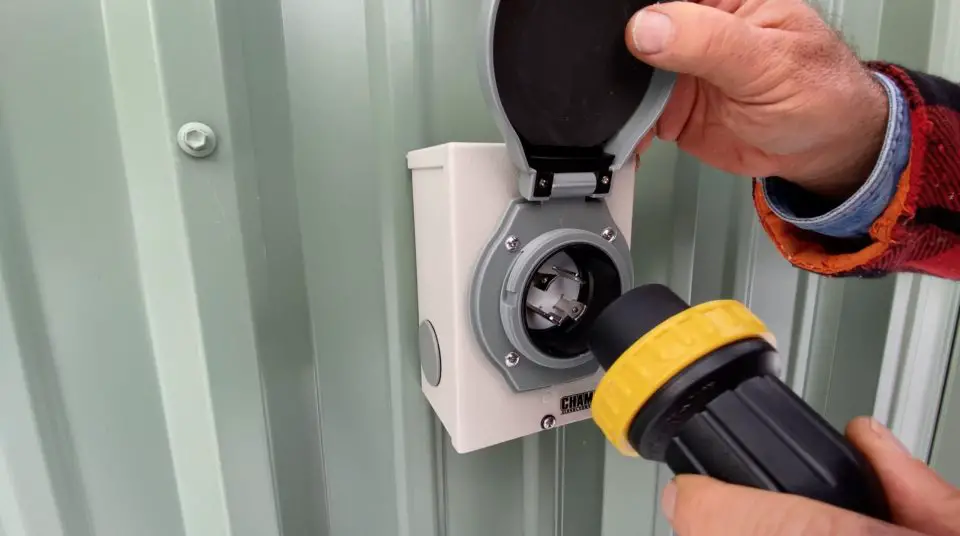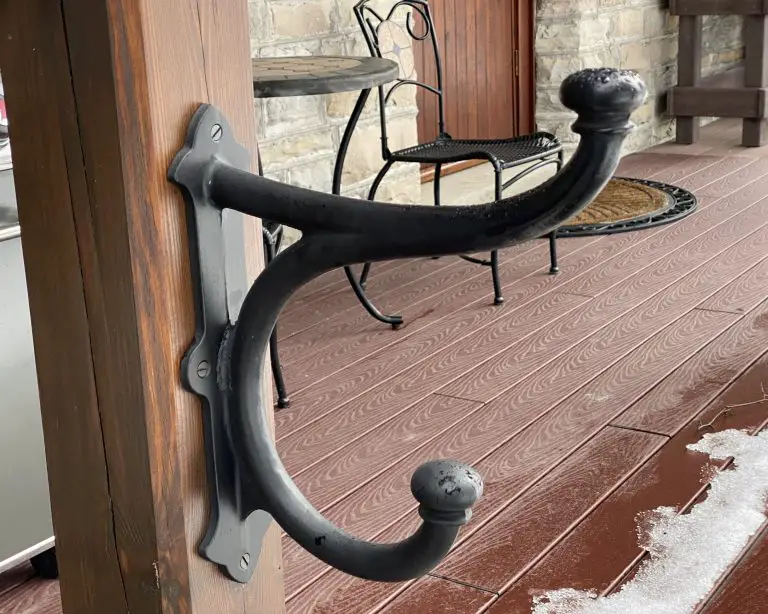- Video Watch Time = 14 minutes
Are you thinking of connecting an electric generator to your house to provide backup power? There are different options – some simple and some not so simple. One of the easiest, most flexible and most economical uses something called a manual transfer switch (MTS).

Besides being far cheaper than the alternative of a stationary home standby generator, a portable generator connected to a manual switch offers distinct advantages that make sense for some people. The system is easier to install and you can upgrade to a larger portable generator in the future. You can also use your generator in other locations and swap in a different generator if your current one breaks down during an outage. Watch the video up next for a tour of how it all works.
How an MTS Works
It’s not difficult to understand how MTSs work. The switch itself is housed inside a small electrical panel that directs generator power to essential circuits in your house during an outage. You can see the switch itself in the top of the open box below.

These are the circuits that you most want to function when the grid goes down. This typically includes lighting, wall outlets, a furnace or air conditioner, a water pump (if you’re on a well), and perhaps internet equipment, a sump pump or a sewage pump. Many of these items don’t have plugs or outlets so they can’t be connected to a generator using an extension cord, and this is possibly the greatest advantage of a manual transfer switch. You can get power to essential items that can only get their power through the electrical panel.
Portable generators don’t put out enough power to energize everything in most homes, so one way or the other you’ll need to choose which circuits to power. Installing a transfer switch just means you make this decision ahead of time as circuits are re-routed into the manual transfer switch panel during installation.
Switchless Connections Illegal
It’s dangerous and illegal to connect a generator directly to hard-wired circuits, because without a foolproof switching function there’s a very real hazard posed to electrical workers. Don’t do it. Line workers have died from this kind of thing, and this is why various transfer switch options were developed.
Installing a transfer switch is best left for a licensed electrician, but the concept is simple and you’d be wise to understand what’s involved. Wires connected to existing breakers for essential circuits in your current electrical panel get disconnected and reconnected to different breakers within the transfer switch panel itself. That’s what you see happening below.

A weatherproof outlet comes with most transfer switch kits (including the Champion unit I have), and typically gets installed on the outside of an exterior wall. When grid power goes down, you need to do two things:
1. Connect your generator. Using the special power cord provided in the kit, connect the weatherproof outlet to the generator, then get the generator running.
2. Flip the MTS to generator power. This happens inside your home and disconnects the panel from the grid. This action simultaneously establishes a connection between your generator and those essential circuits you re-routed into the transfer switch panel, all with a guaranteed disconnection from the grid. Both functions are handled by the same two-position, spring-loaded toggle switch. Fuel-powered generators must always be used outdoors, far from occupied buildings with the exhaust pointed away from people, animals and buildings.

Transfer Switch Review
The Champion TS 30 unit I have at my place costs $599 CAD or $499 USD. I’ve used Champion stuff for years and find they offer great value at very economical prices. The switch I have can handle 30 amps at 240 volts, which translates to 7200 watts of total power delivered – large enough to handle the output of most portable generators for household backup. There’s also a similar unit available that hands 50 amps of current.
The unit I have comes with a weatherproof outlet that fastens to the outside of the building, a power cord to connect a generator to the port, five 120 volt 15 amp protected circuits, one 120 volt 20 amp protected circuit, and one 120/240 volt 30 amp protected circuit.

You can learn more about different options for connecting a generator to your house legally and safely. Watch the video below:












